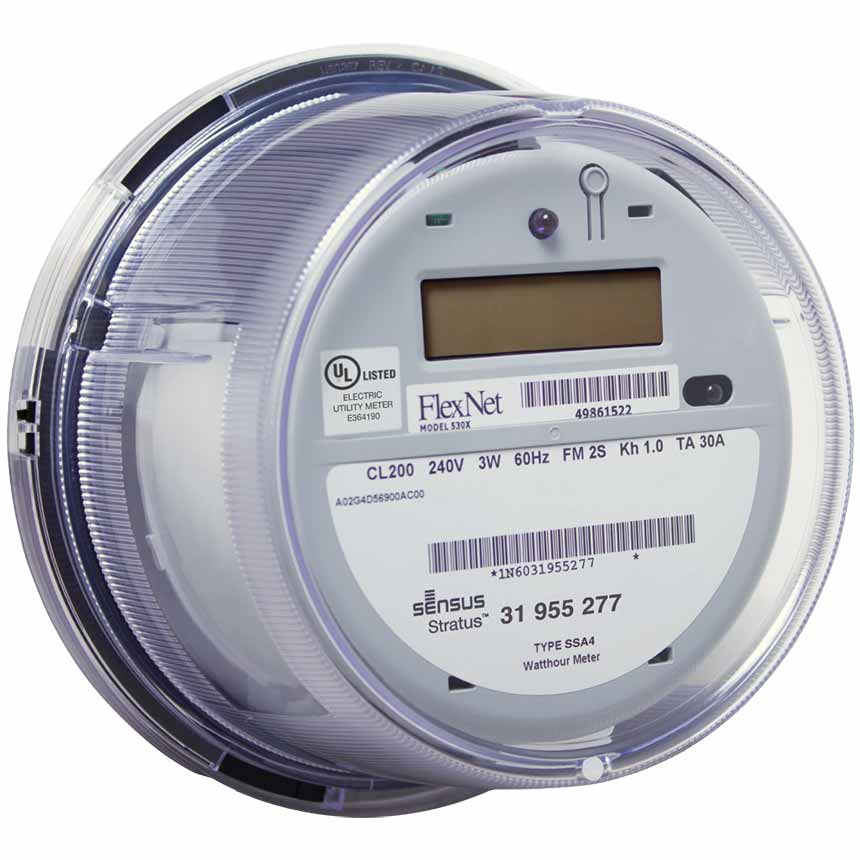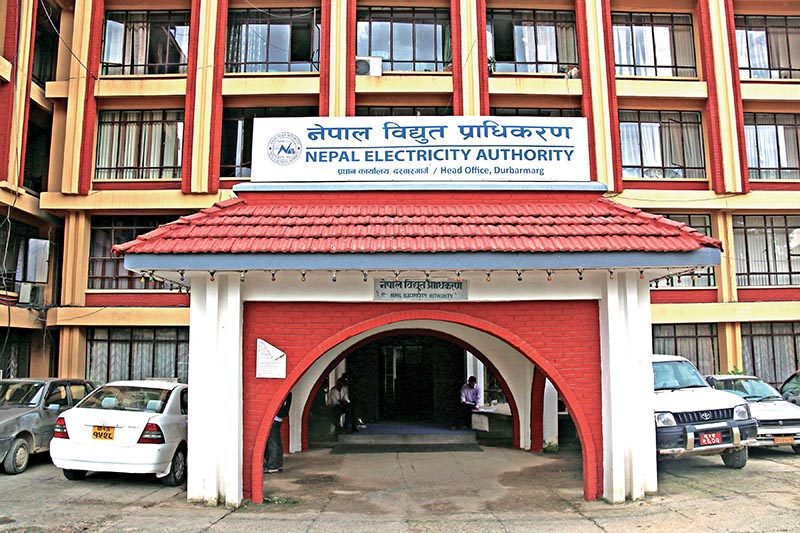As a part of the Kathmandu Valley Smart Metering Project, a.k.a. KVSM, Nepal Electricity Authority (NEA) has started implementing Smart Electricity meters in Kathmandu valley. Therefore, upon the request for new electrification, NEA will be installing these smart meters in Kathmandu. Also, it’s said to be the largest deployment use case of Internet of Things (IoT)/Machine to Machine (M2M) in Nepal.
The new smart meter project is being practiced to deduce meter reading costs, allow tariffs based on time/load as well as cutting down Aggregate Technical and Commercial loss (AT&C). Moreover, it’s expected to provide enhanced networks visibility thereby reducing network reinforcement costs. Similarly, it’ll provide better management of power outages, and enhanced connectivity. Again, it’ll cut down costs for the micro-generation customers and provide accessibility with the demand side response benefits as well as deduce losses thereby ensuring improved customer service and satisfaction.

How will it benefit customers?
What really makes these meters smart is the allowance to monitor the energy usage of each home in the real-time. It also enables remote connection and disconnection with the electricity. The smart meter is also called as Time of Day meter, TOD meter in short, as it allows charging rate of electricity differently at different times.
The smart meters eliminate the need of NEA to read electricity meter of individual homes using employees sent to do so as this meter reading will now be done remotely with the data collected at the system’s central server via GSM/GPRS connectivity. The smart meter also comprises an RF module for data transmission to the server at regular intervals. Customers, on the other hand, will also be able to view the consumption details via the web or mobile application.
NEA will be able to deploy prepaid billing in which the system cuts down the available credit based on consumption. For this, the system requires regular and continuous monitoring over energy consumption of the prepaid meter as well as notify low credit. As for the current situation, they perform post-paid meter billing in which the meter readers visit customer premises for manual billing.
How does it work?
Let’s now see how the smart meter works. It has an RF module in the inside that sends the recorded digital information to the server via WiFi, non-cellular IoT including Zigbee, Lora, Sigfox, etc., and cellular connectivity such as 2G, 3G, 4G, and beyond. The gathered data are stored in a central server that can perform analytics. The system’s data management system can analyze data for report generation, loads prediction, customer consumption details, location, and fault tracking, and so on.
As for the cellular connectivity, the system uses a SIM card in the RF module. Thus, the smart meter uses 2G, 3G or 4G connectivity to send usage data to the server periodically. Looking at the present state of the smart meter, NEA has partnered with Nepal Telecom to provide the SIM card for the cellular data connectivity.
As for now, NEA has already installed nearly 100 such smart meters inside Kathmandu. And the supply will be increased with the integration of added features with time. Similarly, testing and commissioning of those smart meters have also been done successfully.







